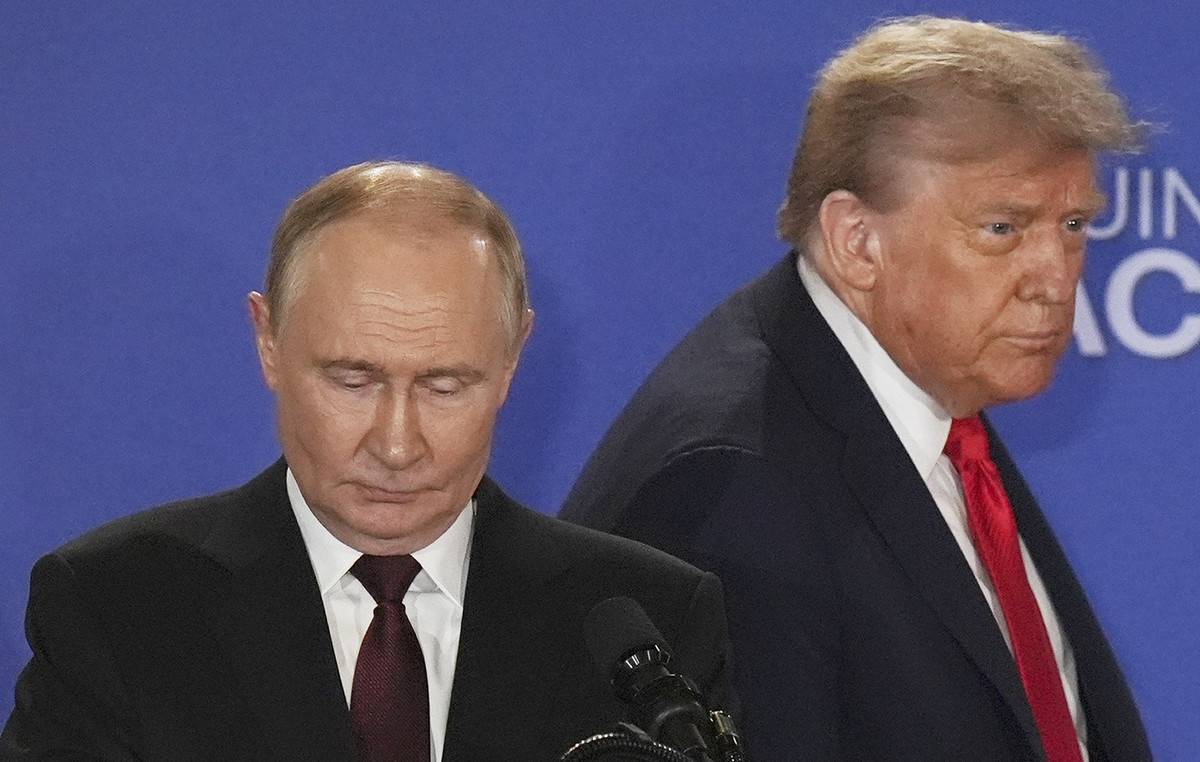- WTI crude oil falls more than 3% intradic on Friday, but continues to rise 2.25% in the week.
- Geopolitical volatility is triggered after the announcement of US President Trump about the deployment of nuclear submarines near Russia.
- Technically, the WTI is still trapped in a symmetrical triangle with the price now approaching the lower limit.
The West Texas Intermediate (WTI) crude oil is under pressure when entering the weekend, with the price sliding more than 3% on Friday to quote about $ 66.70, retreating from its highest level about $ 70 from June 23, reached Wednesday. The WTI quote about $ 66.67 at the time of writing, lowering more than 3% intradic, since technical resistance and benefits weigh on prices. Despite the setback, crude oil continues to rise around 2.25% in the week.
Adding to volatility, geopolitical tensions exploded again after US President Donald Trump announced Friday through Truth Social that he had ordered to position two nuclear submarines in regions near Russia, in response to “highly provocative statements” made by Dmitry Medvedev, former Russian president and current vice president of the Security Council. Trump warned that “words are very important can often lead to unwanted consequences,” feeding the renewed market concern about energy safety and the broader geopolitical panorama.
This happens after Trump, at the beginning of the week, threatened to impose strong tariffs secondary to countries that continue to import Russian crude oil, with particular reference to India and China. The combined signals of Washington have revived the fears of an escalation of global tensions, adding fuel to a market feeling already fragile around the US trade policy.

From a technical perspective, the WTI is still trapped within a great pattern of symmetrical triangle in the daily graph, formed by a series of lower and higher maximum maximums. The prices of crude oil faced a strong rejection near the psychological level of 70.00 at the beginning of the week, while the mass sale of Friday has dragged the merchandise towards the ascending support line that has been maintained since the beginning of May.
Notably, this support zone is closely aligned with the exponential mobile means (EMA) of 50 and 100 days, currently located around 66.08 $ and 66.12 $, respectively. This confluence of dynamic support and trend line marks a crucial area for price action, where a decisive breakdown below could trigger a bearish breakdown of the triangle and accelerate losses towards the area of 63.00 $ -60.00 $.
On the contrary, if buyers intervene and defend this area successfully, it could cause a rebound towards the upper limit of the triangle, with initial resistance at 70.00 $, followed by a possible test of the maximum of June 23 in 76.74 $.
The relative force index (RSI) remains just above the neutral in 50.30, suggesting consolidation without a strong directional tendency. Meanwhile, the Convergence-Divergency indicator of mobile socks (MACD) remains modestly in bullish territory, but the flattened histogram and the reduction of the gap between the MACD line and the signal line suggest an ascending impulse in decrease.
WTI oil – frequent questions
WTI oil is a type of crude oil that is sold in international markets. WTI are the acronym of West Texas Intermediate, one of the three main types that include the Brent and Dubai’s crude. The WTI is also known as “light” and “sweet” by its relatively low gravity and sulfur content, respectively. It is considered high quality oil that is easily refined. It is obtained in the United States and is distributed through the Cushing Center, considered “the crossing of the world.” It is a reference for the oil market and the price of WTI is frequently traded in the media.
Like all assets, supply and demand are the main factors that determine the price of WTI oil. As such, global growth can be a driver of the increase in demand and vice versa in the case of weak global growth. Political instability, wars and sanctions can alter the offer and have an impact on prices. OPEC decisions, a group of large oil -producing countries, is another key price factor. The value of the US dollar influences the price of WTI crude oil, since oil is mainly traded in US dollars, so a weaker dollar can make oil more affordable and vice versa.
Weekly reports on oil inventories published by the American Petroleum Institute (API) and the Energy Information Agency (EIA) influence the price of WTI oil. Changes in inventories reflect the fluctuation of supply and demand. If the data show a decrease in inventories, it can indicate an increase in demand, which would raise the price of oil. An increase in inventories may reflect an increase in supply, which makes prices lower. The API report is published every Tuesday and that of the EIA the next day. Their results are usually similar, with a 1% difference between them 75% of the time. EIA data is considered more reliable, since it is a government agency.
The OPEC (Organization of Petroleum Exporting Countries) is a group of 13 nations oil producing that collectively decide the production quotas of member countries in biannual meetings. Their decisions usually influence WTI oil prices. When OPEC decides to reduce fees, it can restrict the supply and raise oil prices. When OPEC increases production, the opposite effect occurs. The OPEC+ is an expanded group that includes another ten non -members of the OPEC, among which Russia stands out.
Source: Fx Street
I am Joshua Winder, a senior-level journalist and editor at World Stock Market. I specialize in covering news related to the stock market and economic trends. With more than 8 years of experience in this field, I have become an expert in financial reporting.







